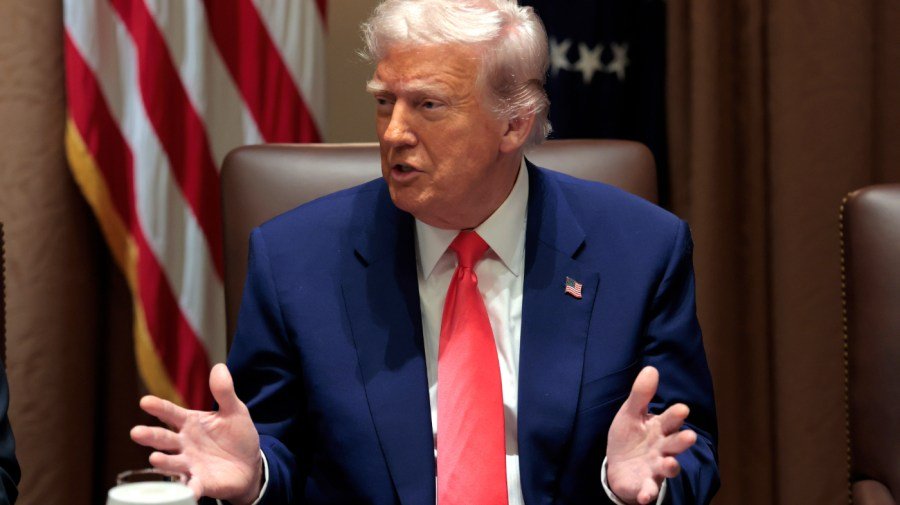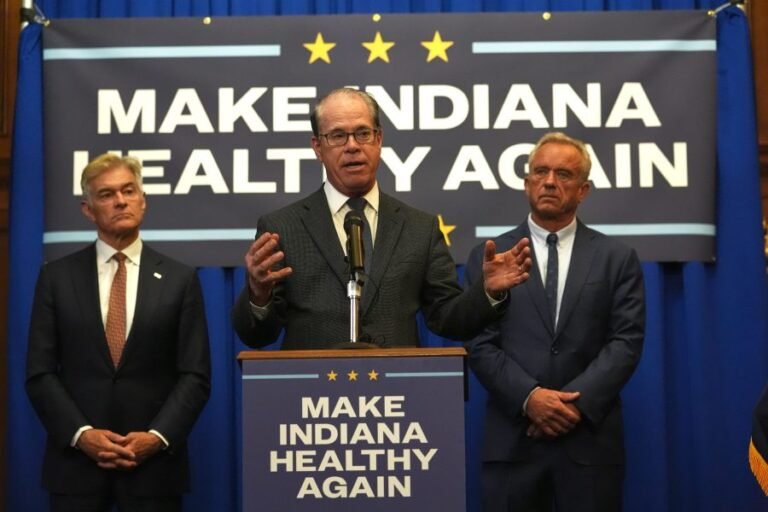
When Donald Trump built the Trump Ocean Club in Panama, he promised something iconic: a sail-shaped skyscraper with high-end shops, luxury condos, a hotel and a casino. What followed was years of lawsuits, mismanagement, bitter disputes with the owner and a court-ordered removal of the Trump name.
That project is a microcosm of how Trump handles negotiations — not just in real estate, but on the global trade stage.
This month, Trump announced sweeping new tariffs against nearly every major trading partner. It wasn’t based on targeting specific industries or detailed analysis. It was broad, aggressive and intentionally disruptive. It’s also exactly what you’d expect if you’d followed his business career, especially what happened in Panama.
The Trump strategy is this: assert dominance first, escalate quickly, keep things stirred up and refuse to back down. It doesn’t matter if you’re a condo board in Central America or the European Union.
Trump pressures you from the start, expecting your concession before his. He’s not looking for win-wins — he’s looking for win-and-walk.
In Panama, the Trump Organization didn’t fund or build the project. They licensed the name and managed the building. But when the owners’ association tried to fire the Trump team for overcharging and unexplained financial decisions, Trump’s lawyers filed a $75 million arbitration claim, accused the board of conspiring, and refused to leave until the courts intervened. Even then, they made a public spectacle of the name being removed.
It was never about working out a solution. It was about holding the line, projecting strength and dragging out the fight. That might work in New York real estate or Panama, but it may not translate well to global trade.
When Trump imposes tariffs, he’s using the same playbook. The U.S. market is the leverage. The assumption: No country wants to lose access to it, and eventually, they’ll fold. And some probably will. Smaller nations may quietly adjust policies to avoid trouble.
But it’s also worth noting that Trump’s approach remains volatile. Only days after announcing tariffs, he paused some planned tariffs, showing that pressure and pivot often go hand in hand. What looks like escalation one day can turn into negotiation the next.
But the world is different now. Major powers — China, the European Union, Japan — don’t like being pushed around. What we’ll likely see is a mix of short-term deals and long-term resentment.
That’s what happened in Panama, too. The Trump name came down, but not before years of acrimony, legal fees and bad press. The deal got done, but nobody walked away happy.
China is a special case. While Chinese officials often avoid direct confrontation, they don’t like being embarrassed. If there’s an off-ramp that lets them save face, they’ll take it. But if cornered, they’ll push back—quietly, methodically and with patience. That’s not a retreat. That’s repositioning.
Of course, this isn’t just about optics or leverage — it’s about bringing back American manufacturing and delivering for U.S. workers. That’s the core message behind the tariffs.
Trump argues that decades of bad trade deals hollowed out the industrial base, sent jobs overseas and left entire regions behind. The tariffs flip that script — to make it more attractive to build things here, with American labor, under American rules.
That argument has political traction. In towns that lost factories to China or Mexico, there’s not much nostalgia for the old system. If a bit of global friction brings something back to Ohio or Pennsylvania, many will gladly accept the trade-off. Trump doesn’t need global applause, he needs results for the Rust Belt.
And not just the Rust Belt, Main Street, too. Thousands of towns and small cities lost their manufacturing lifeblood, and the economic hole never really closed.
For many voters, this isn’t about economic theory, it’s about who stood up for them when no one else did. In towns that lost their factories, there’s deep resentment over the deals that gutted their communities. Tariffs might not be perfect, but they feel like a long-overdue correction — proof that someone in power finally took their side.
But even here, the outcome is far from certain. Manufacturing doesn’t just follow tariffs, it follows capital, supply chains, automation and workforce readiness. Tariffs can shift incentives, but manufacturing ultimately needs investment, infrastructure and talent. Has that groundwork been laid?
There was never going to be an easy way to recalibrate our trade relationships. For decades, the U.S. played the role of global benefactor — wealthy, distracted and often too willing to accept high foreign tariffs in the name of diplomacy. Countries learned they could ask for a break “just this once,” and we’d go along with it.
That became a system where everyone benefited from access to the U.S. market while protecting their own. Changing that wasn’t going to happen without controversy. It wasn’t going to be a tidy negotiation over coffee and handshakes. Someone was going to have to rip the bandage off.
So maybe the Trump way — loud, aggressive, even confrontational — wasn’t a misstep. Maybe it was the only path that had a shot at forcing the issue. Style is fair game for criticism. But the substance demanded attention, and Trump was the first president willing to tackle it head-on. That matters. In fact, it matters a lot.
The president is also on the clock. The midterms will come quickly and will serve as a referendum on whether this gamble paid off. If workers are doing better, factories are hiring and the economy shows real gains, not just on paper, then the strategy may be vindicated. If not, it may be remembered as a reckless failure that frustrated the world and left the country no stronger.
The larger question is whether American workers believe it was worth it. If the jobs come back and communities rebound, Trump can live with the bitterness. But if the gains never materialize, bruised relationships, higher prices, and a familiar disappointment may be all that’s left.
Ron MacCammon, Ed.D., is a retired U.S. Army Special Forces Colonel and former political officer at the Department of State. He has written extensively on security, governance, and international affairs. He lived in Panama from 2002-2016.


